Development
At Bodegas Marqués de Vizhoja, we are very mindful to look after the Albariño, Treixadura and Loureira grapes. This is how we have managed to achieve certain standards for their perfect maturation.
In the Peláez family, we know that this is a long and delicate process. This is a process that begins in the field at the end of the previous vintage. To achieve optimal wine quality requires time and dedication. This is our job.

Dedication and Tradition
Our president, Mr. Mariano Peláez has passed down a philosophy that centres itself on dedication and tradition. Respect for traditional work and the combining of current means of achieving a proper fusion of art and wine study. As the phrase goes, “wine is made in the vineyard, not at the winery”.
Along with that work, there are two characteristics of great importance in our wines: climate and soil.
The County of Tea, where the Finca La Moreira is found, is known for its microclimate. This sub-area of the Rías Baixas offers an Atlantic climate with soft temperatures over the year, abundant rain and a good level of humidity, as well as a contrast in daytime and night-time temperatures typical of the County of Tea. These characteristics bring a balance in freshness and acidity to our wines.
Add to that the sandy, granite-like bed that mitigates frosts and allows for perfect drainage to the slopes of the Miño River. This is an area that protects our vineyard from strong winds.
That combination of various factors allows for optimal results to be achieved in the cultivation of grapes. It is during the wintertime, when the earth is able to rest, that we take advantage of the opportunity to plant vine. The earth on which Bodegas Marqués de Vizhoja rests offers exceptional quality in the cultivation process.
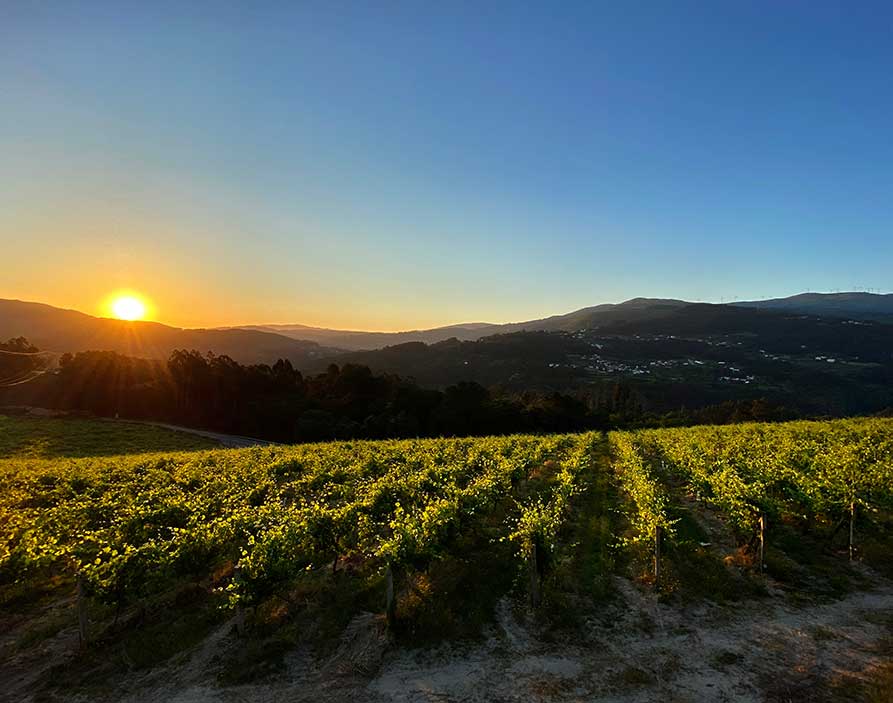
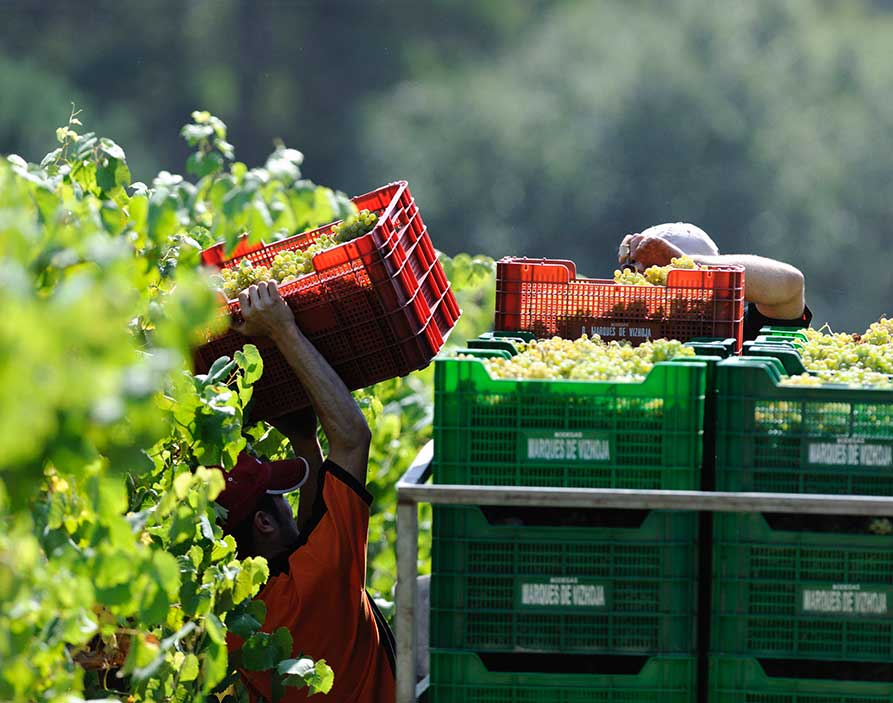
Traditional Techniques
At Bodegas Marqués de Vizhoja, we bring about the grape harvest by following traditional techniques that are most appropriate for the production of high-quality wine. We start the grape harvest process during the first days of September. That is when our grapes reach the degree of maturation that we like to see.
The grape pickers work by hand, choosing the best grapes, cutting them and depositing each bunch in 16-kg boxes; with lateral perforations to provide ventilation for the grapes. After that, they are taken to our winery in trailers. This way, the time from the moment that the bunches are cut to the point at which they are processed is no longer than an hour and a half. This timing allows us to preserve maximum freshness in the grape.
Production Process
Subsequently, we start the destemming to separate the grapes from the branch. One hundred percent of them pass through a coil to adjust their temperature. They are slowly cooled to 8º and then 50% of them are transported to a macerator and the rest are sent directly to a pneumatic press.
Once the maceration has completed, we send the resulting must into stainless-steel barrels for fermentation. That is where they are clarified and fermented clean with our pea protein system.
Once the grape has fermented we can refine and balance out the wine before bottling.
Once they are in the bottles, we leave them for a minimum period of two weeks. That way the wine can settle after being processed. That is how it recaptures all of the properties discussed prior to the bottling. Once the process has concluded, the wine is ready for distribution.

Manual collecting of the grape


Transportation to the winery


It is weighed


The destemming process


Cooling


Maceration

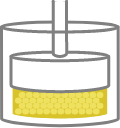
Pressing


Clarification through pea proteins


Addition of yeast, fermentation, and sampling

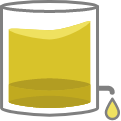
Clarification and stabilisation

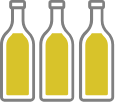
Bottling


Manual collecting of the grape


Transportation to the winery


It is weighed


The destemming process


Cooling


Maceration


Pressing


Clarification through pea proteins


Addition of yeast, fermentation, and sampling


Clarification and stabilisation


Bottling


“Grape harvests are the magic that brings about the equilibrium between a person and the earth”.
Javier Peláez. Wine Expert and Owner of Bodegas Marqués de Vizhoja.